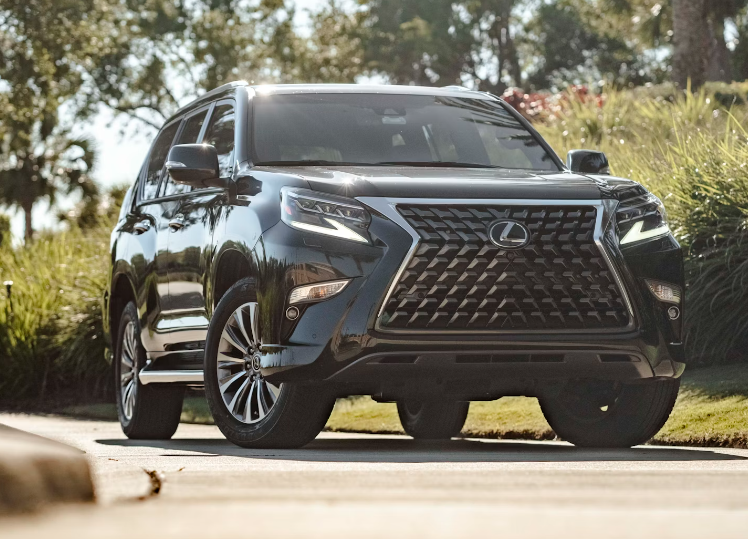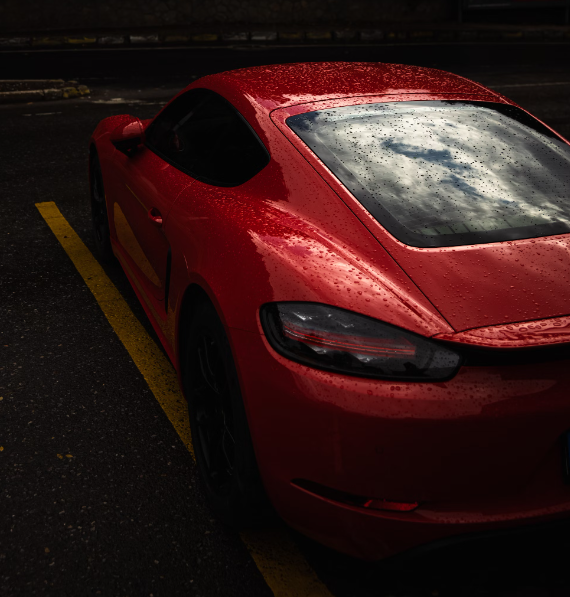How to wax a Porsche 911?
The Porsche 911, a symbol of luxury and performance, is a car that deserves the utmost care and attention. Waxing your Porsche 911 not only enhances its aesthetic appeal but also protects its paintwork from environmental damage. But how exactly do you go about waxing a Porsche 911? Let's delve into the process.
Understanding the Importance of Waxing
Before we dive into the specifics, it's crucial to understand why waxing your Porsche 911 is so important. Waxing is not just about making your car look shiny and new; it's also about preserving its value and longevity.
Firstly, waxing provides a protective layer over your car's paint, shielding it from harmful elements such as UV rays, bird droppings, and road grime. Without this protective layer, these elements can cause your paint to fade, chip, or even corrode over time.
Secondly, waxing enhances the aesthetic appeal of your car. A well-waxed Porsche 911 has a glossy, mirror-like finish that turns heads wherever it goes. It's a clear sign of a well-maintained car, which can significantly boost its resale value.
Lastly, waxing makes cleaning your car easier. The wax layer repels water, causing it to bead up and roll off the surface, taking dirt and grime with it. This means less time spent washing your car and more time enjoying the drive.
Choosing the Right Wax
Not all car waxes are created equal. The right wax for your Porsche 911 depends on several factors, including your car's age, the condition of its paintwork, and your personal preferences.
For newer cars with good paintwork, a synthetic wax, also known as a paint sealant, is often recommended. Synthetic waxes are durable, easy to apply, and provide excellent protection against UV rays and environmental contaminants. They also give your car a sleek, glossy finish.
For older cars or cars with faded or damaged paintwork, a natural carnauba wax may be a better choice. Carnauba waxes are rich and creamy, providing a deep, warm shine that can help hide minor imperfections in your paintwork. However, they don't last as long as synthetic waxes and need to be reapplied more frequently.
Ultimately, the choice between synthetic and carnauba wax comes down to personal preference. Some people prefer the deep, warm shine of carnauba wax, while others prefer the sleek, glossy finish of synthetic wax. Experiment with different products to find the one that works best for you.
Preparing Your Car for Waxing
Before you start waxing your Porsche 911, you need to prepare its surface. This involves washing your car thoroughly to remove any dirt and grime that could scratch your paintwork during the waxing process.
Start by rinsing your car with a hose to remove loose dirt. Then, using a car wash mitt and a bucket of car wash soap, wash your car from top to bottom. Be sure to rinse your mitt frequently to prevent dirt buildup, which could scratch your paintwork.
Once your car is clean, dry it thoroughly using a microfiber towel or a car dryer. Any remaining water droplets can dilute the wax, reducing its effectiveness. Also, consider using a clay bar to remove any embedded contaminants from your paintwork. This will ensure a smooth, clean surface for the wax to adhere to.
Applying the Wax
Now that your car is clean and dry, it's time to apply the wax. Start by applying a small amount of wax to a foam applicator pad. Then, using a circular motion, spread the wax evenly over a small section of your car's paintwork.
It's important to apply the wax thinly and evenly. Applying too much wax won't provide any extra protection and will just make the wax harder to remove. Also, avoid getting wax on non-painted surfaces such as plastic trim or rubber seals, as it can leave white residue.
Once you've applied the wax, let it dry until it forms a hazy film. This usually takes a few minutes, but check the instructions on your wax product to be sure. Then, using a clean microfiber towel, buff the wax off using a circular motion. Be sure to turn your towel frequently to avoid wax buildup.
Continue this process until you've waxed your entire car. Remember to work in small sections and take your time. Waxing your Porsche 911 is not a race; it's a labor of love.
Maintaining Your Wax Finish
Once you've waxed your Porsche 911, it's important to maintain its finish. This involves washing your car regularly to remove dirt and grime, and reapplying wax as needed.

How often you need to reapply wax depends on several factors, including the type of wax you use, the conditions your car is exposed to, and how often you drive your car. As a general rule, synthetic waxes need to be reapplied every 3-6 months, while carnauba waxes need to be reapplied every 1-2 months.
Between wax applications, consider using a spray wax or a quick detailer to boost your car's shine and protection. These products are easy to use and can be applied after each wash to keep your Porsche 911 looking its best.
Conclusion
Waxing your Porsche 911 is a rewarding process that not only enhances its aesthetic appeal but also protects its paintwork from environmental damage. By choosing the right wax, preparing your car properly, applying the wax correctly, and maintaining your wax finish, you can keep your Porsche 911 looking shiny and new for years to come.
Remember, waxing your Porsche 911 is not just about preserving its looks; it's also about preserving its value and longevity. So take the time to wax your car regularly, and enjoy the satisfaction of driving a well-maintained Porsche 911.
Ready to give your Porsche 911 the royal treatment it deserves? Look no further than AvalonKing for all your car care needs. With years of experience in providing top-quality cleaning products, AvalonKing is your go-to source for everything from ceramic coatings to car shampoos. Check out our products today and ensure your Porsche 911 not only shines but is also protected for the long haul.












